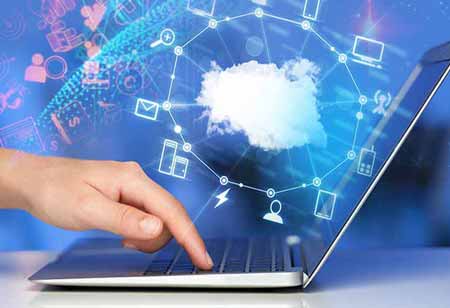THANK YOU FOR SUBSCRIBING
Top IoT Use Cases for Smart Cities
According to a study, the world's urban population would more than quadruple by 2050, reaching roughly 6.7 million people. Cities get confronted with new opportunities as the population of urban dwellers expands

By
Apac CIOOutlook | Monday, February 01, 2021
Stay ahead of the industry with exclusive feature stories on the top companies, expert insights and the latest news delivered straight to your inbox. Subscribe today.
IoT-enabled smart city use cases include a wide range of topics, from reducing traffic and contributing to a healthier environment to strengthening public safety and optimizing street lighting.
Fremont, CA: According to a study, the world's urban population would more than quadruple by 2050, reaching roughly 6.7 million people. Cities get confronted with new opportunities as the population of urban dwellers expands, as well as difficulties. Municipalities are turning to the Internet of Things to address environmental degradation, sanitation issues, traffic congestion, and urban crime (IoT).
IoT has the ability to alleviate urbanization's pressures, provide new experiences for city dwellers, and make daily life more pleasant and safe.
IoT-enabled smart city use cases include a wide range of topics, from reducing traffic and contributing to a healthier environment to strengthening public safety and optimizing street lighting. Let's see the most common use cases that have already got implemented in smart cities throughout the world.
• Road traffic
Smart cities guarantee that residents move through point A to point B most safely and efficiently feasible. Municipalities use IoT development and smart traffic systems to do this.
To estimate the number, position, and speed of cars, smart traffic solutions employ several types of sensors as well as GPS data from drivers' smartphones. Simultaneously, smart traffic lights linked to a cloud management platform allow for both the monitoring of green light timings and the automated alteration of lights based on actual traffic conditions to avoid congestion. Smart traffic management technologies may also forecast where traffic will go based on past data and take steps to avoid possible bottlenecks.
• Smart parking
Smart parking systems assess whether parking places get filled or available using GPS data from drivers' smartphones (or road-surface sensors placed in the ground on parking spots) and build a real-time parking map. Drivers receive a message when the closest parking place becomes available, and instead of driving about aimlessly, they utilize the map on their phone to find a parking spot faster and simpler.
• Public transport
Data from IoT devices may get used to uncover trends in how residents utilize public transportation. Public transit providers may use such information to improve the traveling experience, as well as increase safety and timeliness. Smart public transportation systems can combine different sources, such as ticket sales and traffic data, to perform more complex analyses.
• Street lighting
Street lamp maintenance and management are easier and more cost-effective in IoT-based smart cities. The addition of sensors to streetlights and their connection to a cloud management solution aids in the adaptation of lighting schedules to lighting zones.
Smart lighting systems collect data on illuminance, human and vehicle movement and integrate it with historical and contemporary data (e.g., special events, public transportation schedules, time of day and year, etc.) to enhance lighting schedules. As a consequence, dependent on the outside circumstances, a smart lighting system "tells" a streetlight to brighten, dim, turn on, or even turn off the lights.





